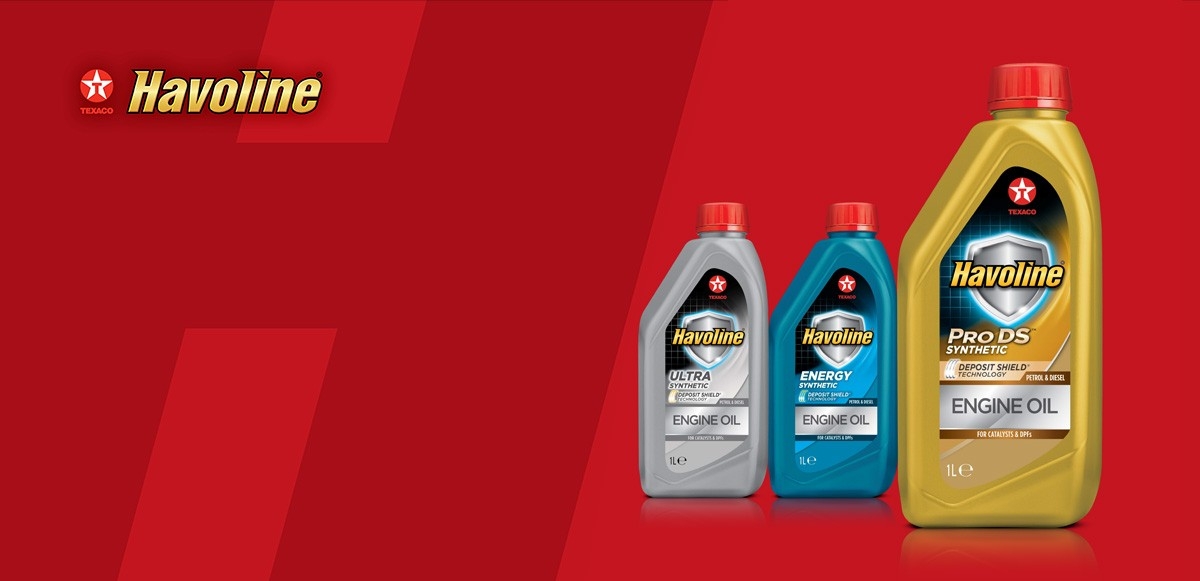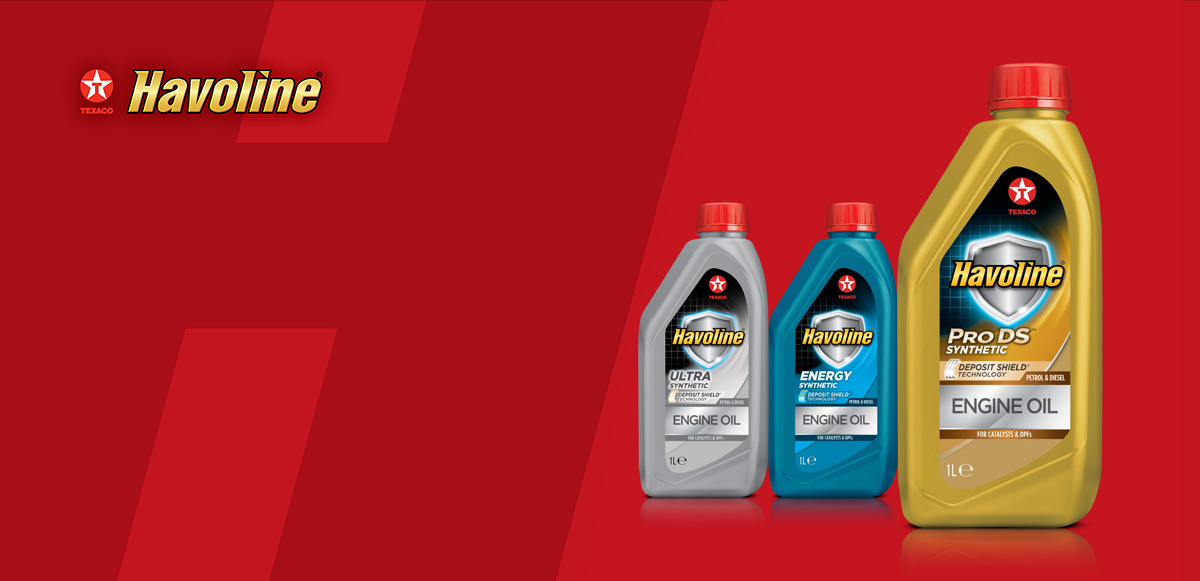Havoline Oils – Part Five
Standards and Europe


Texaco Product & Technology Support Chemist, Rudi Sanders, is on-hand to answer more important questions. Rudi discusses the latest ACEA standards and looks into how the differences experienced in different countries across Europe impact the use of motor oil.
Rudi Sanders (RS): With the introduction of ACEA 2021 LD Oil Sequences, the older ACEA categories C1 and A3/B3 were obsolete. Existing ACEA categories such as A3/B4, A5/B5, C2, C3, C4 and C5 were upgraded, and the two new ACEA categories – A7/B7 and C5 – were introduced.
To upgrade the ACEA categories, the older engine tests to determine piston cleanliness, black sludge formation and lower temperature formation were replaced by newer engine tests. On top of this, the requirements for compatibility between different seals and engine oils have become more stringent.
The two new ACEA categories now contain three engine tests to ensure that low-speed pre-ignition (LSPI), chain wear and the formation of turbocharger deposits is prevented.
To ensure that engine oils on the market comply with the new requirements, some companies have had to reformulate some of their engine oils.
The ACEA 2021 LD Oil Sequences were launched on 1st May 2021. All passenger car motor oils on the market with an ACEA claim were required to meet the ACEA 2021 requirements by 30th April 2023. Products that were launched after 30th April 2021 were required to comply with ACEA 2021 since 30th April 2022.
Discussions are currently taking place regarding updating ACEA 2021 LD Oil Sequences to ensure that they can be used in hybrids and with new fuels available in the European market. These discussions have also explored the possibility of introducing new ACEA categories for SAE 0W-16 engine oils. It is not yet known what the specific consequences of introducing an ACEA-2023 category would be.
Q: Is the use of older ACEA claims, such as C1-16, still allowed?
RS: It is important to highlight that there are so-called obsolete categories and retired categories.
An obsolete ACEA category is a category that has been replaced by a new version. A good example is the ACEA C5, where the C5-16 has been replaced by the C5-21. As of 21st May 2023, it is no longer allowed to refer to C5-16, and products need to comply with the C5-21 requirements to claim C5.
A retired ACEA category is a category that no longer exists according to the new ACEA Oil Sequences. Good examples are A3/B3 and C1, which are no longer defined in the ACEA 2021 LD Oil Sequences.
The Technical Association of the European Lubricants Industry (ATIEL) legislates that a reference can only be made to retired categories if the product meets all the requirements of that category. As a result, if a product meets all the requirements of A3/B3-16 or C1-16, for example, it can claim A3/B3 or C1.
Q: Do the differences experienced in climate across Europe lead to regional differences of motor oil usage?
RS: In Europe, we experience regional differences in several different ways, including:
- Different climates. This has an impact on the viscosity grades that are used and prescribed by OEMs.
- Different development stages between countries and even regions. There are more older vehicles in Eastern and Southern Europe compared to Western and Northern Europe, as well as differences in the aftertreatment systems installed. This has a direct effect on the performance profile and SAPS content of the engine oil required.
- Differences in the fuels available on the market. This impacts the engine oil required and the engine oil drain interval.
- OEM market share differs for each is different by country. For example, PSA and Renault have a large market share in France, whereas Mercedes Benz, Volkswagen and BMW have a significant market share in Germany. This influences the specific/minimum set of performance claims for the engine oils.
- Only a few countries in Europe boast a significant presence of hybrid cars and fully electric cars. This impacts which engine fluids are required.
- Different sales channels exist in different countries. For example, manufacturers in some countries use dealers and workshops, but this is not the case in every country across Europe.
RS: In response to climate change, an array of alternative fuels have been introduced. Biodiesel, which uses FAME (fatty acid methyl esters), and renewable diesel, which uses HVO (hydrotreated vegetable oil) and BTL (biomass to liquid), are either added to diesel fuel or used instead of it. On top of this, bioethanol is added to gasoline.
The introductions of FAME and HVO require higher quality engine oils, as they have a tendency to cause particular problems. These include:
- Increased fuel dilution, followed by significant higher oil oxidation and lower temperature fluidity.
- Increased corrosion due to the presence of organic acids and water.
- Increased formation of sludge and deposits.
- Increased incompatibility with some viscosity modifiers.
The ACEA Oil Sequences and the latest OEM specifications are designed to run on diesel with a limited amount of biodiesel. They are also designed to run on gasoline with and without bioethanol, CNG and LNG fuels. Both the ACEA standards and OEM specifications contain biodiesel compatibility tests to ensure that engine oils can be used in vehicles that are fuelled with the different fuel types in the market today.
For some of these fuels, several OEMs have defined specific oil drain intervals. With this in mind, we advise that customers refer to the OEM recommendations.
At this moment, the industry is reviewing and investigating the effects of using hydrogen and e-fuels in internal combustion engines (ICEs). Initial studies do not indicate any additional problems caused by current fuels being replaced by synthetic fuels. For hydrogen fuelled ICEs, we may expect a negative effect due to the increased ingress of a higher amount of water that is formed during the combustion process. However, more studies and investigations are needed to review the interactions between hydrogen and engine oils.































